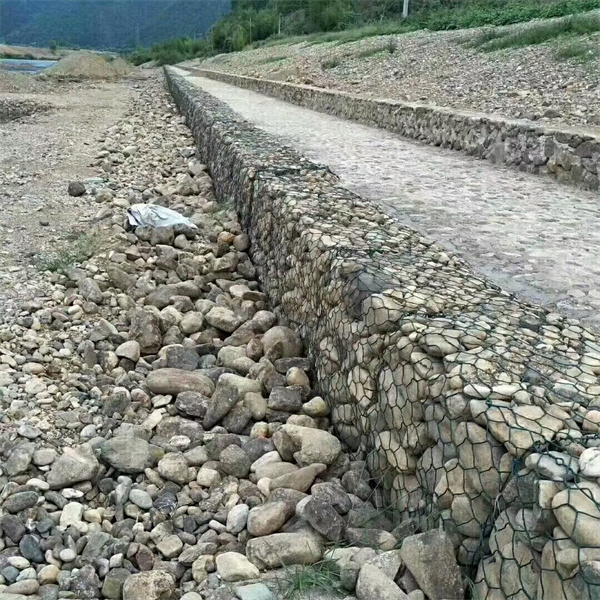Nov . 10, 2024 03:14 Back to list
Durable and Effective Safety Nets for Enhanced Protection and Security Solutions
High-Quality Protective Nets Ensuring Safety and Security
In today's rapidly evolving world, safety and security are paramount, whether in residential, commercial, or industrial settings. One of the most effective means of enhancing safety is through the use of high-quality protective nets. These nets serve as essential barriers that protect individuals, structures, and equipment from potential hazards. This article explores the importance, types, materials, and benefits of high-quality protective nets, highlighting why they are a vital consideration for anyone prioritizing safety.
Importance of Protective Nets
Protective nets play a crucial role in various applications, including sports facilities, construction sites, warehouses, and even residential properties. Their primary function is to provide a safeguard against falls, debris, and other risks. In sports, for example, protective nets can prevent balls from leaving the playing area, ensuring spectators are safe while also maintaining the game’s integrity. In construction, they protect workers and passersby from falling objects, thus reducing the risk of injury and liability.
Moreover, protective nets can also serve as a deterrent against unauthorized access to certain areas. For instance, in warehouses and factories, installing protective nets can help prevent theft and vandalism, safeguarding valuable assets and equipment. In residential areas, nets around balconies and swimming pools can prevent accidents related to falls, especially for children.
Types of Protective Nets
High-quality protective nets come in various types, each designed for specific applications. Some common types include
1. Safety Nets Often used in construction sites, these nets are designed to catch falling workers or materials, thereby minimizing injuries and accidents. 2. Sports Nets Utilized in various sports, from soccer to tennis, these nets help keep the playing field secure while enhancing the overall experience for players and spectators.
3. Bird and Pest Netting Commonly used in agriculture and horticulture, these nets prevent birds and other pests from damaging crops, ensuring better yield and quality.
4. Debris Nets These are employed to contain debris and dust at construction sites, keeping the surrounding area safe and clean.
5. Safety Mesh for Swimming Pools and Balconies Specifically designed to protect children from accidental falls, these nets offer peace of mind for parents and homeowners.
Materials Used in Protective Nets
The effectiveness of protective nets largely depends on the materials used in their construction. High-quality protective nets are typically made from durable materials such as
- Polyethylene Known for its strength and resistance to UV rays, polyethylene nets are often used in sports and agricultural applications.
high quality protective net

- Nylon This material is known for its high tensile strength and flexibility, making it ideal for safety nets in construction and industrial settings
.- Polypropylene Lightweight and resistant to chemical degradation, polypropylene nets are commonly used in agriculture and recreational areas.
- Steel Cables Often used in combination with netting, steel cables provide additional strength and reliability in heavier applications.
Using high-quality materials ensures that protective nets are not only effective but also long-lasting, making them a smart investment for safety.
Benefits of High-Quality Protective Nets
Investing in high-quality protective nets comes with numerous benefits
1. Increase Safety The primary benefit is enhanced safety for individuals and assets, reducing the likelihood of accidents.
2. Cost-Effectiveness Although high-quality protective nets may involve an initial investment, they can save costs in the long run by preventing potential injuries and damages that could lead to significant financial losses.
3. Versatility Protective nets can be utilized in various environments, making them suitable for diverse applications.
4. Easy Installation Most protective nets are designed for straightforward installation and can be customized to fit specific areas.
5. Low Maintenance High-quality nets require minimal upkeep, particularly those made from durable materials resistant to wear and weather.
Conclusion
In conclusion, high-quality protective nets are an indispensable element of safety in modern environments. By understanding their importance, types, materials, and benefits, individuals and organizations can make informed decisions about their safety measures. Whether you're a homeowner looking to protect your family or a business owner aiming to ensure workplace safety, investing in protective nets is a proactive step toward a safer and more secure environment. As we continue to innovate and prioritize safety, the role of protective nets will undoubtedly remain significant in our daily lives.
-
The Role of Galvanized Gabion Mesh in Riverbank Protection
NewsJun.26,2025
-
The Role of Gabion Basket Raised Bed in Sustainable Gardening
NewsJun.26,2025
-
Quality Assurance of Wire Mesh Gabion Baskets
NewsJun.26,2025
-
Installation Guide for Welded Gabion Box
NewsJun.26,2025
-
How to Choose the Right Gabion Box
NewsJun.26,2025
-
Different Types of Gabion Wire Mesh
NewsJun.26,2025
-
Why PVC Coated Gabion Mattress Is the Best Solution for Long-Term Erosion Control
NewsMay.23,2025






